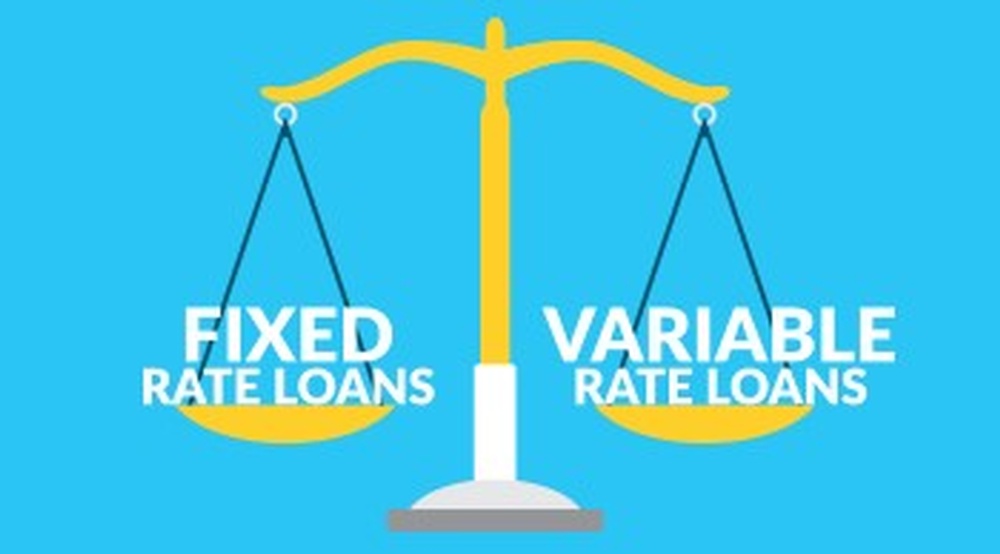OSFI flags mortgage renewals and real estate lending as top risks in 2024

OSFI flags mortgage renewals and real estate lending as top risks in 2024 – Canada’s top bank regulator says the biggest red flags on the country’s financial horizon over the next year are real estate secured lending and mortgage risks.
“We expect that elevated interest rates and market volatility will result in continued higher borrowing costs, increased mortgage renewal/refinancing risk, decreased consumer spending and business investment,” the Office of the Superintendent of Financial Institutions (OSFI), which regulates the country’s banks, said in a statement Wednesday.
“There are signs higher mortgage payments are taking up a larger part of some households’ income, leading to increases in the number of borrowers not being able to make payments on other loans and debts.”

In an echo of the Bank of Canada’s financial stability assessment earlier this month, OSFI’s watch list cites rising household debt alongside wholesale credit risks and funding and liquidity risks. The final items on OSFI’s list are integrity, security, and foreign interference risks.
Mortgage renewal cliff
OSFI said 76 per cent of the mortgages outstanding as of February 2024 will be coming up for renewal by the end of 2026, and warned that Canadian homeowners renewing mortgages during this period could face a payment shock.
“This payment shock will be most significant for homeowners who took out mortgages when interest rates were lower in 2020 to 2022,” OSFI said. “Households that are more heavily leveraged and have mortgages with variable rates but fixed payments will feel this shock more acutely.”
The regulator said payment increases will lead to a higher incidence of residential mortgage loans falling into arrears or defaults because mortgages that have already experienced payment increases due to renewal or product type such as adjustable-rate mortgages are already showing higher rates of non-performance.
“Should residential real estate markets weaken, this could lead to higher defaults, lower recovery rates, and, therefore, higher credit losses for institutions,” OSFI said.

Variable-rate mortgages with fixed payments (VRMFP), which make up about 15 per cent of outstanding residential mortgages in Canada, are a specific concern to the regulator because some of these mortgages are negatively amortizing, meaning mortgage payments no longer cover the full interest costs or the principal.
“In these situations, lenders offset the shortfall by increasing the remaining outstanding principal. While most institutions report the shortfall as extended amortization periods, the contractual mortgage term does not change unless and until the mortgage is refinanced,” OSFI said.
“This means that borrowers with uninsured VRMFP will need to address higher outstanding principal balances, and are, therefore, at risk of suffering a significant payment shock,” the regulator said, adding that these borrowers have the option to make large lump sum payments or endure large monthly payment increases in the mortgage to return to their original contract term.
“Alternatively, if the circumstances warrant, borrowers can refinance their existing mortgage, however this may not eliminate monthly payment increases,” OSFI said, adding that if mortgage rates remain elevated, these fixes will put financial strain on many households.
The Bank of Canada report earlier this month flagged a wall of mortgage renewals in the next couple of years when some homeowners will see monthly payments increase by as much as 60 per cent.
Payments have already increased for about half of all outstanding mortgages since the central bank initiated a series of interest rate hikes in March 2022 and borrowers renewing over the next two-and-a-half years will face even larger payment increases. The report showed that the median increase in monthly mortgage payments will be more than 20 per cent at renewal in 2025 and more than 30 per cent in 2026, compared with origination. For variable-rate mortgages with fixed payments, the median increase will be more than 60 per cent in 2026.
By the end of 2023, more than a third of new mortgages had a debt-service ratio greater than 25 per cent, double the share in 2019.
According to the Bank of Canada, the country’s large financial institutions have weathered rising borrower stress so far, but smaller financial institutions and those that focus primarily on mortgages have seen a sharp uptick in credit arrears.
Commercial real estate risk
In Wednesday’s report, OSFI also flagged corporate credit and commercial real estate as risk concerns, with growing stress particularly in construction and development and the office segment.
“While market-based and core funding liquidity sources are available, prior downturns and stress events have demonstrated that these conditions can change quickly,” the regulator said. OSFI has also observed a marked change in investor and depositor behaviour with increases in deposit competition. This “could draw deposits away from traditional savings accounts,” the regulator warned.
The report said higher interest rates, inflation, and lower demand have put commercial real estate markets under pressure, with challenges expected to extend into 2024 and 2025.
“The office sub-segment of the CRE market is facing additional changes associated with the move towards hybrid work environments leading to rising vacancies and declining asset values,” OSFI said, adding that lower-quality office buildings face more acute risks while higher-quality older properties have also experienced pressure from reduced demand for office space.
Meanwhile, the construction market continues to show signs of a slowdown as developers face unfavourable economic conditions. Moreover, there are signs that the industrial sector is facing headwinds following a period of strong growth, OSFI said.
“Corporate and commercial credit profiles have weakened, driven by higher borrowing and operating costs resulting in declining profitability,” the regulator said. “Canadian business insolvencies continue to trend higher than pre-pandemic levels. Highly leveraged borrowers remain particularly vulnerable to refinancing challenges.”
Liquidity dangers
In another echo of the Bank of Canada’s financial stability report this month, OSFI flagged liquidity risks in the market as global interest rates are expected to come down at some point.
“Interest rate changes impact valuations of high-quality assets held for liquidity at institutions and could reduce the capacity of markets to provide liquidity and contribute to market stability in periods of stress,” OSFI warned, adding that changes in depositor behaviour, funding costs and valuations also impact the management of interest rate risk in the banking book.
The regulator said changing conditions can trigger liquidity risk for institutions that rely on securitization as a key source of funding.
“Severe credit deterioration could also have a negative impact on access to wholesale funding for impacted institutions.”
The regulator also flagged risks in intraday liquidity, which refers to an institution’s ability to make payments and settle obligations during the business day.
“The near real-time nature of the risk can exacerbate liquidity stress at impacted institutions and impede the smooth functioning of payment systems,” OSFI said. “Liquidity shocks can also be triggered when collateral calls between market participants increase suddenly due to market volatility or an institution-specific event.”
Last year, OSFI highlighted a housing market downturn risk at the top of its list of risks to the financial system. Liquidity and funding risks were also on last year’s list, along with risk in the commercial real estate market.
Read More : Apple to pay up to $14.4M in iPhone throttling settlement approved by B.C. judge
Conclusion article OSFI flags mortgage renewals and real estate lending as top risks in 2024
Canada’s top bank regulator, OSFI, identifies key financial risks related to real estate-secured lending and mortgages. Upcoming mortgage renewals may cause significant payment shocks, particularly for borrowers with variable-rate mortgages. OSFI also raises concerns about corporate credit, commercial real estate, and liquidity risks, which may worsen with changes in interest rates and depositor behavior.





